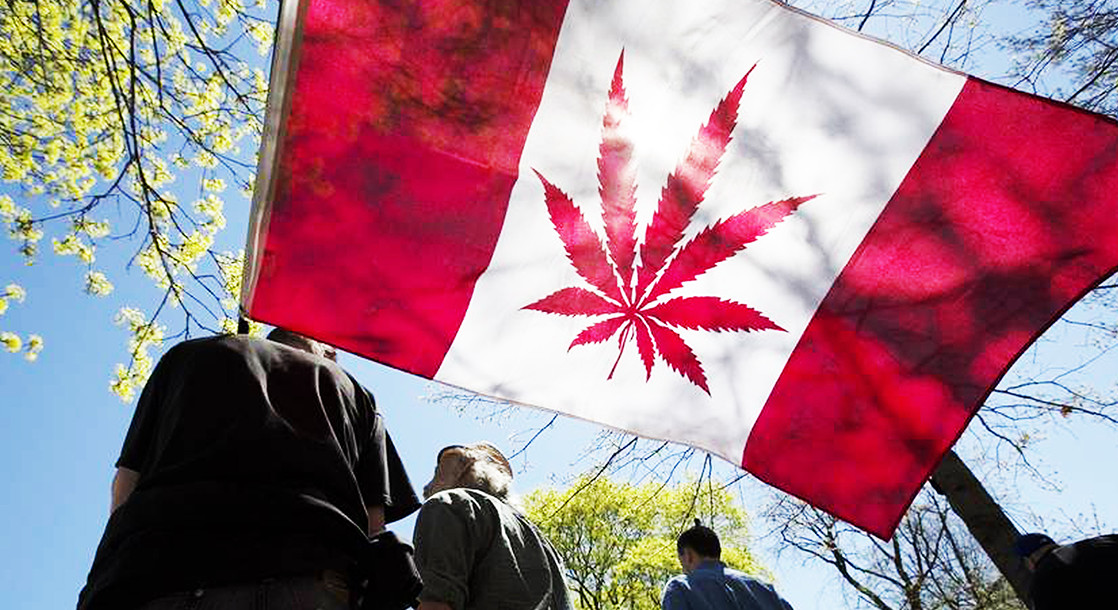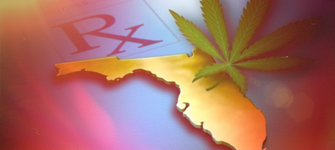As Canada braces itself for the legalization of recreational cannabis next year, the Canadian government has been busy developing regulations that would make the market as professional and tedious as possible. This week, officials have placed public safety in the spotlight, with a comprehensive set of guidelines that they hope will promote safe marijuana use.
On Friday, the Canadian Research Initiative on Substance Misuse released a laundry list of recommendations for those who plan to partake in the imminent recreational market. Although there’s no groundbreaking information in these guidelines per say, the ultimate aim seems to be preventing the negative effects of cannabis use, such as memory loss, impairment, and possible mental health issues.
The newly drafted guidelines suggest that users should:
- Avoid cannabis use at a young age, specifically before 16.
- Opt for “lower risk” cannabis instead of products with higher levels of THC.
- Not use synthetic cannabis products like “K2” or “Spice.”
- Consume edibles or vaporize cannabis instead of smoking it.
- Limit overall cannabis use.
- Avoid “deep inhalation” of cannabis.
- Not drive or operate other machinery under the influence of cannabis.
- Not use cannabis if person is pregnant or has mental health problems that marijuana could potentially worsen.
"These guidelines are an important tool supporting a public health approach to cannabis use. Through their widespread adoption, the guidelines will provide people who use cannabis with the information they need to manage their use and protect their health and well-being,” Ian Culbert, the executive director of the Canadian Public Health Association, said.
These suggestions seem sound enough, but they shouldn’t be conflated with the general idea that recreational legalization is any more dangerous than illegality. A recent study from the Drug Policy Alliance suggests that legal cannabis use has not had a negative impact on health. In fact, not only do these findings show that legalization doesn’t increase youth use, but taking the plant off of the black market also reduces opioid painkiller abuse and overdoses, among other benefits.
However, excessive or improper use of cannabis can still lead to potential problems, and Canadian officials seem set xon educating citizens before allowing the recreational system to take root. As legalization looms closer, these guidelines will be made available in the form of a public brochure. The full scientific paper, entitled “Lower-Risk Cannabis Use Guidelines: A Comprehensive Update of Evidence and Recommendations,” was recently published in the American Journal of Public Health.











